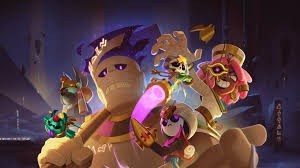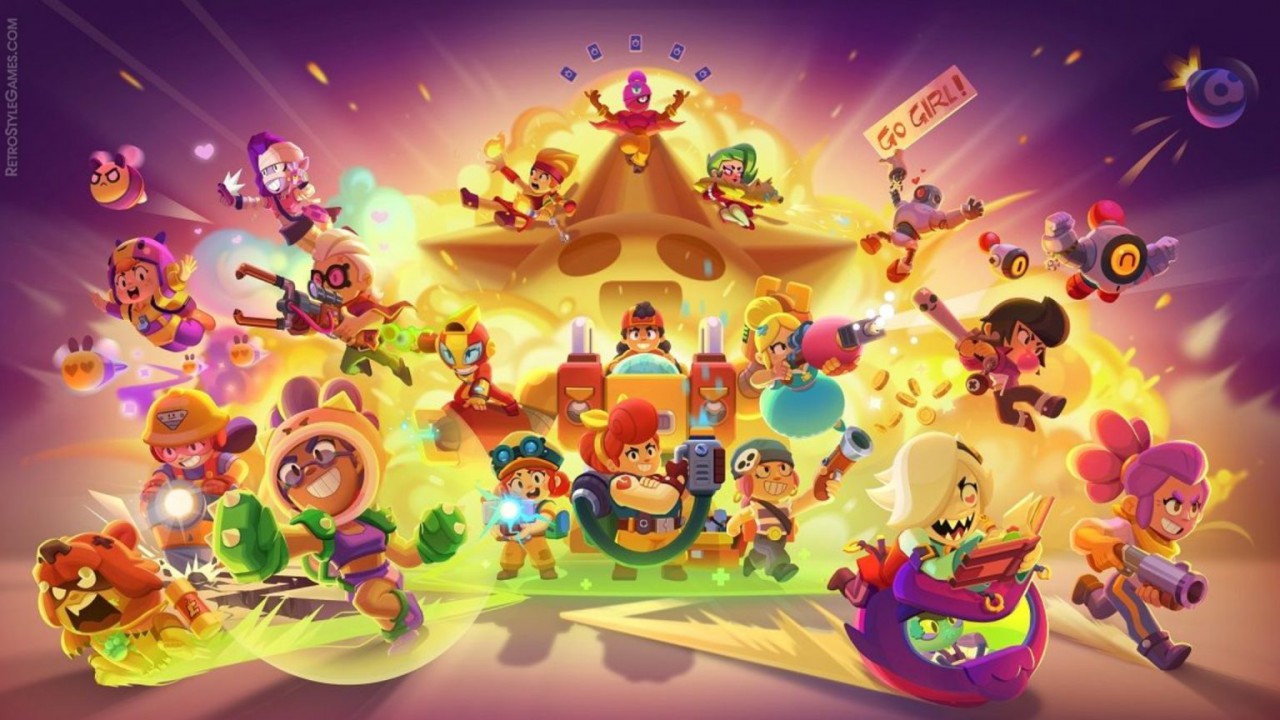The Competitive Scene of Brawl Stars: A Glimpse into the eSports Ecosystem
The rise of eSports has been one of the most significant phenomena in the gaming world, and Brawl Stars has certainly carved its own niche in this ecosystem. Supercell's approach to competitive gaming has been a driving force behind Brawl Stars' success as an eSports title, with the developer focusing on creating a balanced, accessible, and thrilling experience for both casual players and professional teams. The game's competitive modes, particularly those in the World Finals and regional tournaments, have attracted the attention of professional players worldwide. These competitions are the culmination of months of intense gameplay, as skilled players from all over the globe come together to test their strategies and mechanical prowess. Supercell has invested heavily in supporting its competitive scene, organizing official tournaments that offer substantial prize pools and opportunities for players to gain recognition in the broader eSports community. The game's design lends itself to competitive play because of its emphasis on strategic team compositions, precise mechanics, and real-time decision-making. While it’s easy for newcomers to pick up Brawl Stars and have fun, it’s the deeper understanding of the game mechanics, teamwork, and adaptability that truly sets the competitive scene apart. Brawl Stars’ fast-paced action and varied game modes keep matches exciting, while the accessibility of mobile gaming allows a broader range of players to compete from anywhere in the world.

One of the key factors that set Brawl Stars apart from other eSports titles is its accessibility. Unlike many traditional eSports games, which often require high-end PC hardware or a steep learning curve, Brawl Stars is available on mobile devices, making it easy for anyone to participate in the competitive scene. This accessibility has led to a massive player base, with millions of players from diverse backgrounds entering the competitive scene. Whether players are competing in local tournaments or in global events like the Brawl Stars World Finals, they all have an equal opportunity to prove themselves on the international stage. This is an aspect that has fueled the growth of the game’s eSports ecosystem, allowing players to rise from the ranks of casual gamers to top-tier competitors. The game’s mobile-first approach also means that players don’t need to rely on expensive gaming setups or high-speed internet connections to play at a competitive level. This democratization of competitive gaming has allowed Brawl Stars to become a global eSports phenomenon, with major events attracting thousands of viewers both online and in person.

While accessibility is a key part of Brawl Stars' eSports appeal, it’s also the strategic depth of the game that keeps the competitive scene alive and thriving. Unlike some mobile games that can often feel shallow or repetitive, Brawl Stars encourages players to continuously improve their gameplay and experiment with different Brawlers and team compositions. The meta, or the best strategies and team setups, is constantly shifting as new Brawlers are released and balance changes are made. Top-tier players must constantly adapt, learning to counter new strategies and optimize their own approaches to the game. This constant evolution makes the competitive scene exciting and unpredictable. Watching professional Brawl Stars tournaments, where every move is carefully calculated and every decision can make or break a match, offers fans an exhilarating viewing experience. These tournaments highlight the depth of the game and showcase how skill, strategy, and teamwork come together in Brawl Stars' fast-paced battles. As the competitive scene grows, more and more players are discovering the thrill of Brawl Stars eSports, whether they are watching from the sidelines or participating themselves. Supercell's investment in the eSports ecosystem, coupled with the ever-changing meta and accessible gameplay, ensures that Brawl Stars remains a premier title in the world of mobile competitive gaming.


